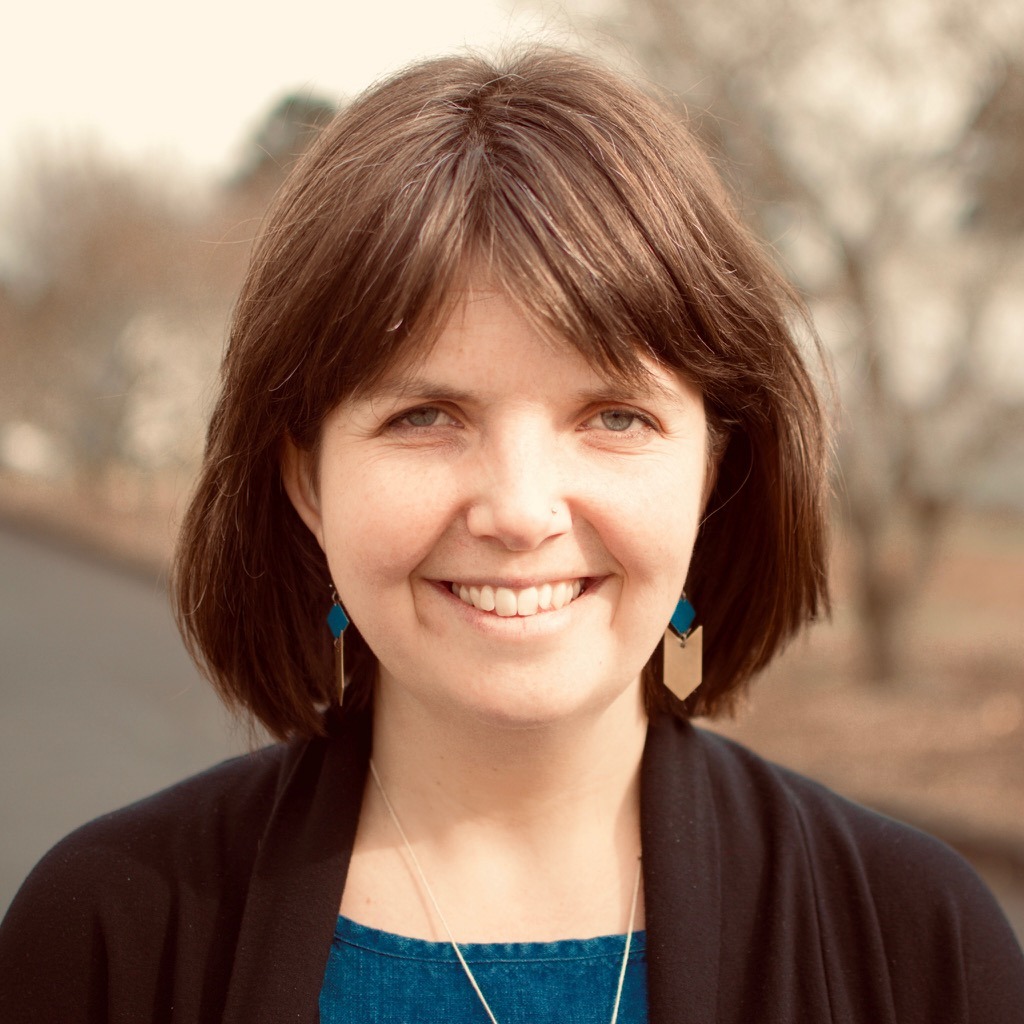The world’s population is rapidly aging, and the population in BC is no exception. Within the next 10 years, it is expected that a quarter of the population in the province will be over the age of 65. Through the Age-friendly BC initiative, the province is working with local governments and community stakeholders to ensure that older adults can continue to live active, socially engaged and independent lives in their communities. The Union of BC Municipalities (UBCM) is providing funding to support age-friendly community planning and projects across the province.

The creation of age-friendly communities both in BC and across Canada builds on the findings from the World Health Organization’s (WHO) Age-friendly Cities project and the Canadian Age-Friendly Rural and Remote Communities project. There are many benefits associated with becoming an age-friendly community:
- Seniors are supported to remain independent and involved in their communities.
- Communities benefit from the increased participation of older adults in community life.
- Businesses benefit from the increased spending power of older customers and are better able to support older workers.
Along the east shore of Kootenay Lake in BC, the average age of residents is now 58 years old. Due to the aging population, community members are highlighting the need for better services to support aging in place in their rural, unincorporated neighbourhoods. The community successfully received a grant from UBCM to do an age-friendly assessment in their area, with the goal of identifying practical ways for community members to share their gifts, skills and resources while improving the livability of their community.
Their age-friendly initiative was launched in August 2020, right in the midst of the pandemic. Despite not being able to meet in person, the community has already achieved a number of important milestones. First, they formed an Age Friendly Advisory Council made up of seniors, parents, representatives from seniors and youth organizations, and regional staff. The group has been meeting regularly via Zoom.
Next, the community developed a COVID-safe community engagement approach. They put together a comprehensive survey and used a tried-and-true engagement technique: phone calls! They successful connected with over 130 residents above the age of 55, asking questions about how they were coping during the pandemic and what they needed to thrive in their own homes and neighbourhoods. The survey included questions from the Sense of Community Index, a survey tool for measuring social inclusion and sense of belonging.
The survey findings are now giving clear direction to the Advisory Council as they put together a set of recommendations for the next phase of the age-friendly initiative. They plan to look at ways to make community hall facilities more accessible for seniors using Universal Design Principles. Community halls are at the heart of the community and are the main places where community members gather in the east shore. The Advisory Council is also looking at ways to support caregivers and improve home support services through local coordination conversations. Furthermore, they are exploring intergenerational initiatives such as an “adopt a grand family” initiative since 60% of seniors in the area do not have family members living nearby.
They are also continuing to engage with residents using an asset-based community development approach. Their work is being guided by these two simple questions:
- What courage would be required to support people to do more things with their neighbours?
- What would residents love to do if two or three of their neighbours were willing to help?
It is inspiring to see how their efforts to foster an age-friendly community are continuing despite all the restrictions and distractions of the pandemic. Their experience shows that we don’t need to stop engaging with our communities right now – rather, we just need to shift how we engage and make sure we are continuing to create meaningful opportunities for connection and being of service.
Take Your Learning Further:
- Read this case study Reimagining Rural Communities Using ABCD
- Read this case study about how Kamloops approached age-friendly community planning
- Find more resources and stories: Cities Deepening Community website
- Learn more about our members: Cities Deepening Community Member
- Learn how to become a Cities Deepening Community Member





